Features:
- The TLP521-1consists of a photo-transistor optically coupled to a gallium arsenide infrared emitter diode.
- This device can be used for applications where galvanic isolation is necessary, like Switch Mode Power Supply, relay driver board, etc.
- The TLP521 is an optocoupler that has a photo-transistor that is controlled based on light (photon).
- And on the opposite side, it has an IR (infrared) LED.
- When the IR LED is powered, the light from the LED is collected by the receiver of the transistor and it conducts.
- This IC is used to provide electrical isolation between two circuits, one part of the circuit is connected to the IR LED and the other to Photo-transistor.
- The digital signal given to the IR LED will be reflected on the transistor but there will be no electrical connection between the LED and the transistor.
- This comes in very handy when you are trying to isolate a noisy signal from your digital electronics, so if you are looking for an IC to provide optical isolation in your circuit design, then this IC might be the right choice for you.
Pin Assignments:
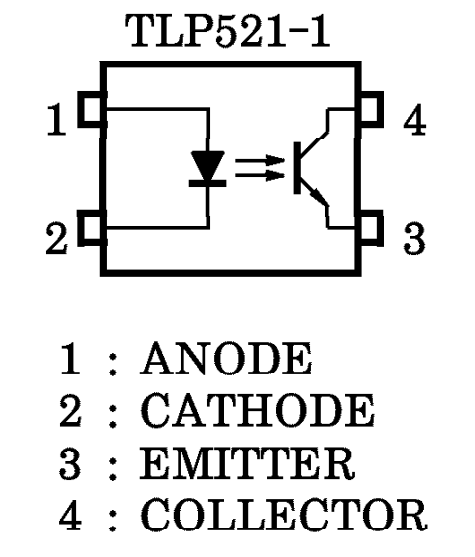
Pin Number | Pin Name | Description |
1 | Anode | Anode pin of the IR LED. Connected to logic input |
2 | Cathode | Cathode pin of the IR LED. Connected to ground |
3 | Emitter | Cathode pin of the IR LED. Connected to ground |
4 | Collector | Collector pin of the Transistor. Provides logical output |
Specifications:
| Datasheet | TLP521-1 |
| Product Category | Transistor Output Optocouplers |
| Series | TLP521 |
| Model | TLP521-1 |
| Output Type | NPN Phototransistor |
| Mounting Style | Through Hole |
| Package/Case | DIP-4 |
| Number of Channels | 1 Channel |
| Isolation Voltage | 2500 Vrms |
| Current Transfer Ratio – Min | 100 % |
| Current Transfer Ratio – Max | 600 % |
| If – Forward Current | 16 mA |
| Vf – Forward Voltage | 1.3 V |
| Max. Collector Emitter Voltage | 55 V |
| Collector-Emitter (B.D.) Voltage | 55 V |
| Maximum Collector Current | 10 mA |
| Max. Collector Emitter(Sat.) Voltage | 400 mV |
| Rise Time | 2 µs |
| Fall Time | 2 µs |
| Vr – Reverse Voltage | 5 V |
| Pd – Power Dissipation | 250 mW |
| Current Transfer Ratio | 100 % to 600 % |
| Operating Temperature | – 25 °C to + 85 °C |
Applications:
- Electrical Isolation circuits.
- Microcontroller I/O switching circuits.
- Signal isolation.
- Noise coupling circuits.
- Isolation of digital from analog circuits.
- Ac/DC Power control.




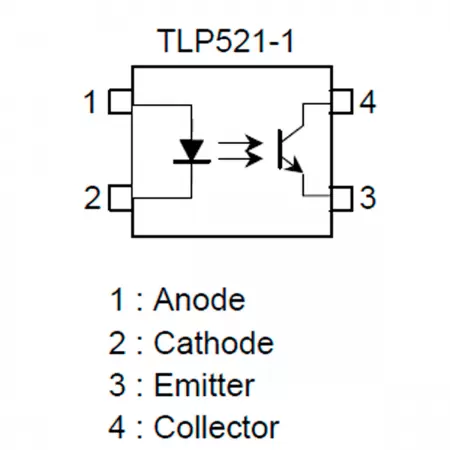
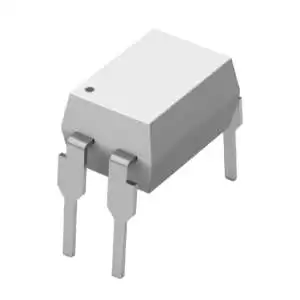


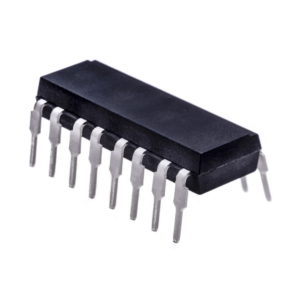



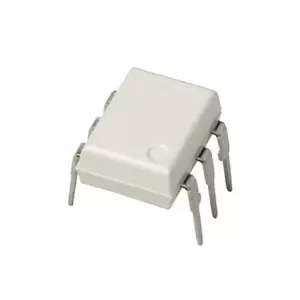
Reviews
There are no reviews yet.